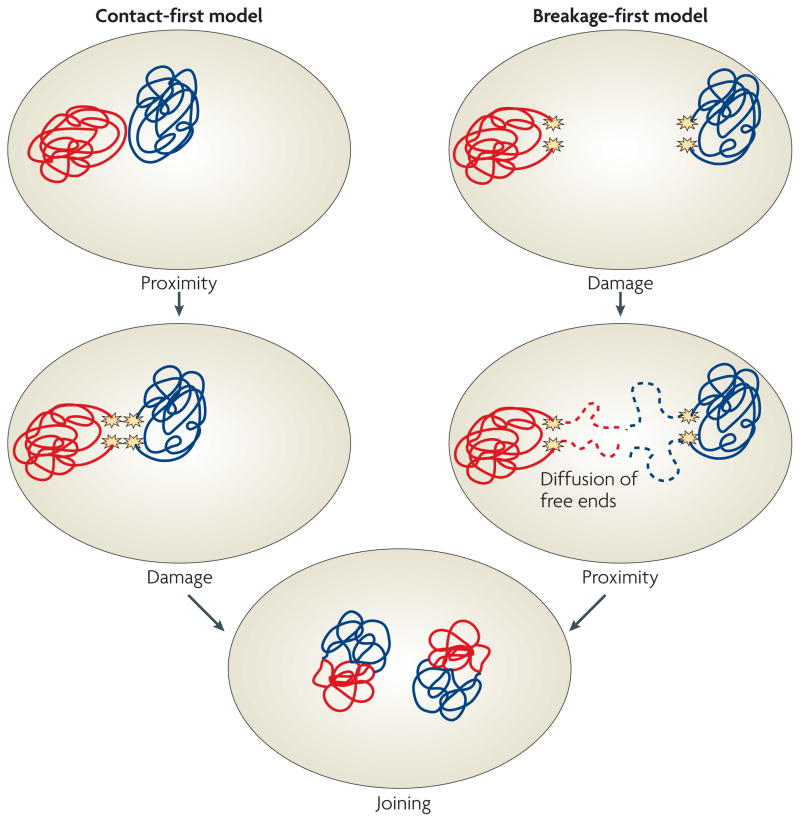Figure 5. Models of chromosome translocations.
Two models for chromosome translocation formation have been proposed. In the contact-first model (left), translocations occur among chromosomes, which are in spatial proximity to each other due to the non-random organization of the genome in the cell nucleus. Upon concurrent damage of neighbouring chromosomes, the broken chromosome ends are illegitimately joined to form a translocation. In the breakage-first model (right), double-stranded DNA breaks (DSBs) occur first. Upon DNA damage on multiple, distant chromosomes, the broken chromosome ends roam the nuclear space by diffusion. They undergo illegitimate joining when they encounter another DSB. Recent evidence demonstrating the proximity of frequent translocation partners and the immobility of DSBs favour the contact-first model.

